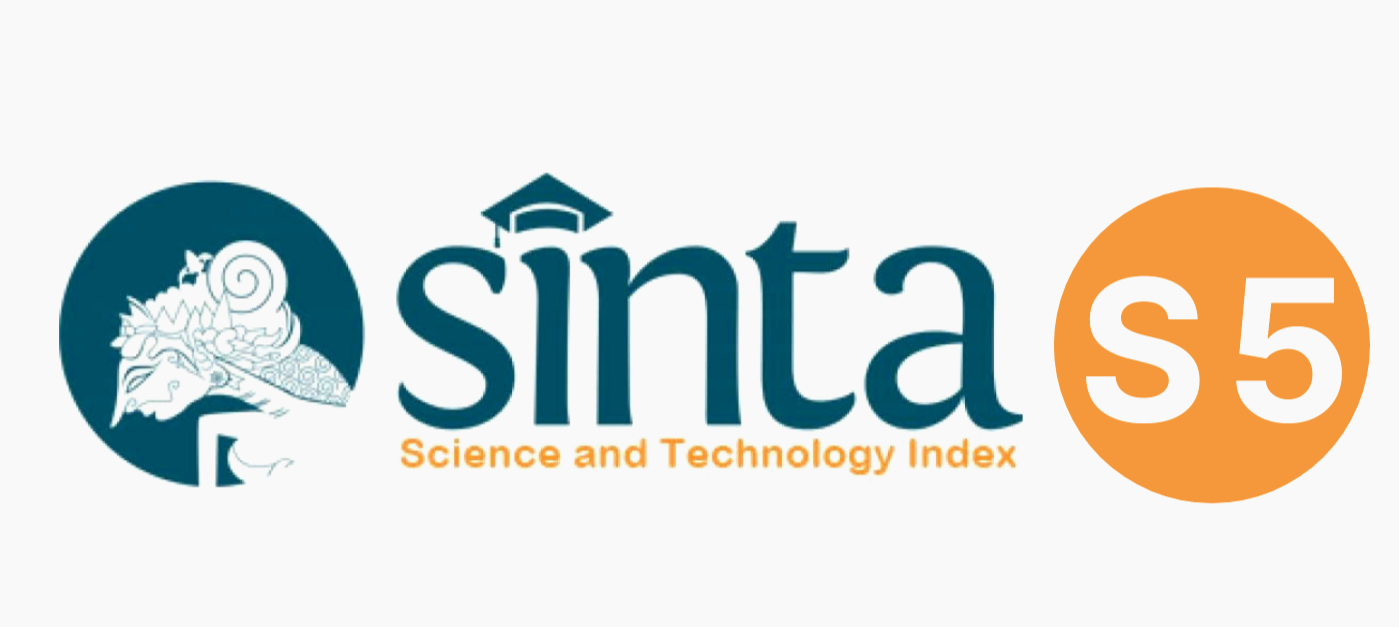Gerakan Mahasiswa Dalam Pusaran Tiga Orde Kekuasaan: Antara Gerakan Moralis Atau Gerakan Politis
Abstract
Students as part of the intellectual group in Indonesia with their various movements have a very crucial role. In the three orders of power, students always show their existence in the national political process. In the old order era, students became one of the political forces with the presence of various organizations that actively participated in providing input to the current political system. Continuing with Suharto's rule, students with social movements were one of the reasons for the fall of the authoritarian regime that had been in power for a long time. The dynamics continue. After the change of government structure, even though the student movement of the reform order was often considered lost, it still showed its existence by providing input on government policies. Movements in this reform era often brought up quite new issues related to the environment or human rights. This study discusses the direction of the student movement with its various dynamics that occur in the vortex of the three orders of power. Social movement theory is used as an analytical tool in this research. This study also uses descriptive qualitative research methods and literature review techniques with primary data sources obtained through interviews with students who are actively involved in the student movement and secondary data whose sources are obtained from books, scientific articles, or mass media. The conclusion obtained from the results of this study is that the various movements launched by students are often moralist movements, although the realm of the movements often leads to the political realm. Students tend to move on the will and concerns of the people without trying to position themselves to achieve certain political power or position.
References
Ali, F. (1985). Mahasiswa, Sistem Politik di Indonesia dan Negara. Jakarta: Inti Sarana Aksara.
Akbar, I. (2016). Demokrasi Dan Gerakan Sosial (Bagaimana Gerakan Mahasiswa Terhadap Dinamika Perubahan Sosial). Jurnal Wacana Politik, 1(2), 107-115.https://jurnal.unpad.ac.id/wacanapolitik/article/view/11052/pdf
Aminah, S. (2019). Pengantar Metode Penelitian Kualitatif Ilmu Politik. Jakarta: Kencana.
Aribowo. (2020). Peta Teori Gerakan Sosial. Surabaya: Airlangga University Press.
Budiman, A. (1978). The Student Movement in Indonesia: A Study of the Relationship between Culture and Structure. Asian Survey, 18(6), 609-625. https://online.ucpress.edu/as/article-abstract/18/6/609/21369/The-Student-Movement-in-Indonesia-A-Study-of-the?redirectedFrom=fulltext
Burgess, P. M. & Hofstetter, C. R. (1971). The “Student Movementâ€: Ideology and Reality. Midwest Journal of Politiccal Science, 15(4), 687-702. https://www.jstor.org/stable/2110048
Curran, D. J. and Renzetti, C. M. (1990). Social Problems (2nd ed). Massachusetts: Allyn and Bacon.
Jazimah, I. (2013). MALARI: Studi Gerakan Mahasiswa Masa Orde Baru. Agastya: Jurnal Sejarah Dan Pembelajarannya, 3(01). http://e-journal.unipma.ac.id/index.php/JA/article/view/902
Jenjins, J. C. (1983). Resource Mobilization Theory and the Study of Social Movements. Annual Review of Sociology, 9, 0527-553. https://www.researchgate.net/publication/234838252_Resource_Mobilization_Theory_and_the_Study_of_Social_Movements
Klandermans, B. (1997). The Social Psychology of Protest. Oxford: Blackwell.
Lipset, S. M. (1968). Student and Politics in Comparative Perspective. Daedalus, Students and Politics, 97(1), 1-20. https://www.jstor.org/stable/i20023793
Lipset, S. M. & Altbach, P.G. (1969). Student in Revolt. Boston: Houghton Muffin & Co.
Maiwan, M. (2016). Hegemoni, Kekuasaan, Dan Gerakan Mahasiswa Era 1990-an: Perspektif Dan Analisa. Jurnal Ilmiah Mimbar Demokrasi, 16(1), 49-69. http://journal.unj.ac.id/unj/index.php/jmb
Meyer, D. S. dan Whitter N. (1994). Social Movement Spillover. Social Problems, 41(20), 277-298. https://www.jstor.org/stable/3096934
Rosyad, R. (2006). A Quest for True Islam: A Study of the Islamic Resurgence Movement among the Youth in Bandung, Indonesia. Canberra: ANU Press.
Sanit, A. (1999). Gerakan Mahasiswa 1970-1973, Pecahnya Bulan Madu Politik. Jakarta: Pustaka Sinar Harapan.
Sanit, A. (1999). Pergolakan Melawan Kekuasaan, Gerakan Mahasiswa Antara Aksi Moral dan Politik. Yogyakarta: Pustaka Pelajar dan Insist Press.
Sanit, A. (1981). Sistim Politik Indonesia. Jakarta: Penerbit CV Rajawali.
Sarlito W, et al. (2009). Psikologi Sosial. Jakarta: Salemba Humanika.
Sebastian, L., Chen, J., & Syailendra, E. (2014). PEMUDA RISING: WHY INDONESIA SHOULD PAY ATTENTION TO ITS YOUTH. Singapore Rajaratnam School of International Studies. https://www.jstor.org/stable/resrep05897.7?seq=1
Setiadi, E. M. dan Kolip, U. (2013). Pengantar Sosiologi Politik. Bandung: Prenamedia Group.
Sukmana, O. (2016). Konsep dan Teori Gerakan Sosial. Malang: Intrans Publishing.
Sulistyo, H. (ed). (1988). Politik dan Mahasiswa: Perspektif dan Kecenderungan Masa Kini. Jakarta: Yayasan API dan PT. Gramedia.
Usman, S. (1999). "Arah Gerakan Mahasiswa: Gerakan Politik Ataukah Gerakan Moral?" Jurnal Ilmu Sosial dan Ilmu Politik, 3(2), 146-163. https://jurnal.ugm.ac.id/jsp/article/view/11136/8377
Wahyudi. (2010). Formasi dan Struktur Gerakan Sosial Petani [studi Kasus Gerakan Reklaiming/Penjarahan Atas Tanah PTNP XII (Persero) 0Kalibakar, Malang Selatan’]. Jurnal Masyarakat & Budaya. 12(1). https://jmb.lipi.go.id/jmb/article/view/162
 Abstract viewed = 1765 times
Abstract viewed = 1765 times
 PDF (Bahasa Indonesia) downloaded = 5466 times
PDF (Bahasa Indonesia) downloaded = 5466 times







